Dedication of the Bartram Trail Marker
Celebrated natural botanist William Bartram read from his 1791 book, “Travels,” through glasses made by his father’s friend, Ben Franklin.
In 1796 he was about to greet visitors in the much admired Bartram Botanical Garden at Kingsessing, four miles from Philadelphia. He and brother John Jr. cared for one of America’s first commercial gardens that John Bartram, their father, had started. John was our country’s first native born, world renowned natural botanist, William the second, and they still are frequently honored as major contributors to upstart America’s early development.
This accurate historical scene projects a little fantasy, too, for the time actually was June 7, 2006 in Winter Park’s Mead Garden, and actor J.D. Sutton interpreting William Bartram was about to mingle with visitors to the dedication of Florida’s 24th Bartram Trail marker. The Winter Park Garden Club, its clubhouse centered in the Garden, presented the impressive icon to Mead Garden and the City of Winter Park. The ceremony took place at a welcoming point along the entrance drive, where the elegant marker stands guarded by sentinel live oaks, sycamores, and stately pines in a natural setting.
Joan Ochs, long time WPGC member and now president of the Florida Federation of Garden Clubs, also headquartered in Mead Garden, described William Bartram’s travels through East and West Florida in his incredible, 1773-77 journey. Winter Park Mayor David Strong accepted the marker gift and cut its ribbon; Marcia Frey, president of WPGC, presided. Guests drenched from the heat then began a lively reception in the cool WPGC clubhouse, and settled down for Sutton’s delightful performance as William. He is a Florida Humanities Council Road Scholar. For this happy afternoon, Dexter Richardson, FMG’s birding activity chairman, presented a light supper from Dexter’s of Winter Park.
FFGC originated the Bartram marker program in the late 1970’s through a former president who designed the sign and spoke eloquently of William’s extraordinary, perilous journey through eight southern states. With approval of National Garden Clubs and help from the Bartram Trail Conference, the marker program expanded to the other states. BTC members research William’s many contributions, restore, and care for remnants of his rugged trail.
In 18th and 19th century Europe, where proud owners of botanical gardens sought “new” plants from the New World, “Travels” became a classic of science and literature. The bold explorer’s poetic but scientific imagery of his 2,400 mile trek directly influenced English poets. Bartram also was a talented artist.
A surging interest in history and the natural world is prompting seminars and more trail markers. An impressive symposium occurred at Alabama’s Auburn University on October 27, 2006, when eight scholars discussed recent research about William in art, art history, science and writing, Travel’s literary bent, and empathy with Indians (see auburn.edu/cah). Seminoles, realizing that he respected the land, named him “Puc Puggy” (flower hunter), a passport that protected him from hostile tribes.
In Florida, the crown of this sensational journey, William is credited with discovering much of the state’s unusual flora and fauna. When Sara Johns was president, Winter Park Garden Club decided that a handsome icon with a tempting statement of science, adventure, and history about a famed American who trod nearby would bring visitors to MG and encourage children to learn more. Marcia Frey continued. Now families travel to connect and research the signs’ messages along the trail.
John and William Bartram reached their pinnacle when they saved an elusive tree from extinction. In 1765 John, as Royal Botanist to King George III, and protégé William journeyed to the St. Johns River headwaters. On the way, while traveling through Georgia, John discovered “a curious shrub“ growing along the Altamaha River bank. In 1777, when William returned to Kingsessing from his second journey, he and his father coaxed seeds of this “shrub” into two trees that eventually bloomed gorgeously. But the wild small tree disappeared. Thus, the Bartrams saved Franklinia alatamaha. The stamp printed here reproduces one of William’s remarkable Franklinia paintings. Mead Gardens’s first memorial tree, a Franklinia, was dedicated in 1939 as part of a Rollins College celebration to honor William’s 200th birthday. We have no record of the location of the planting and assume it has not survived.
Article written by Dr. Elizabeth Camm


